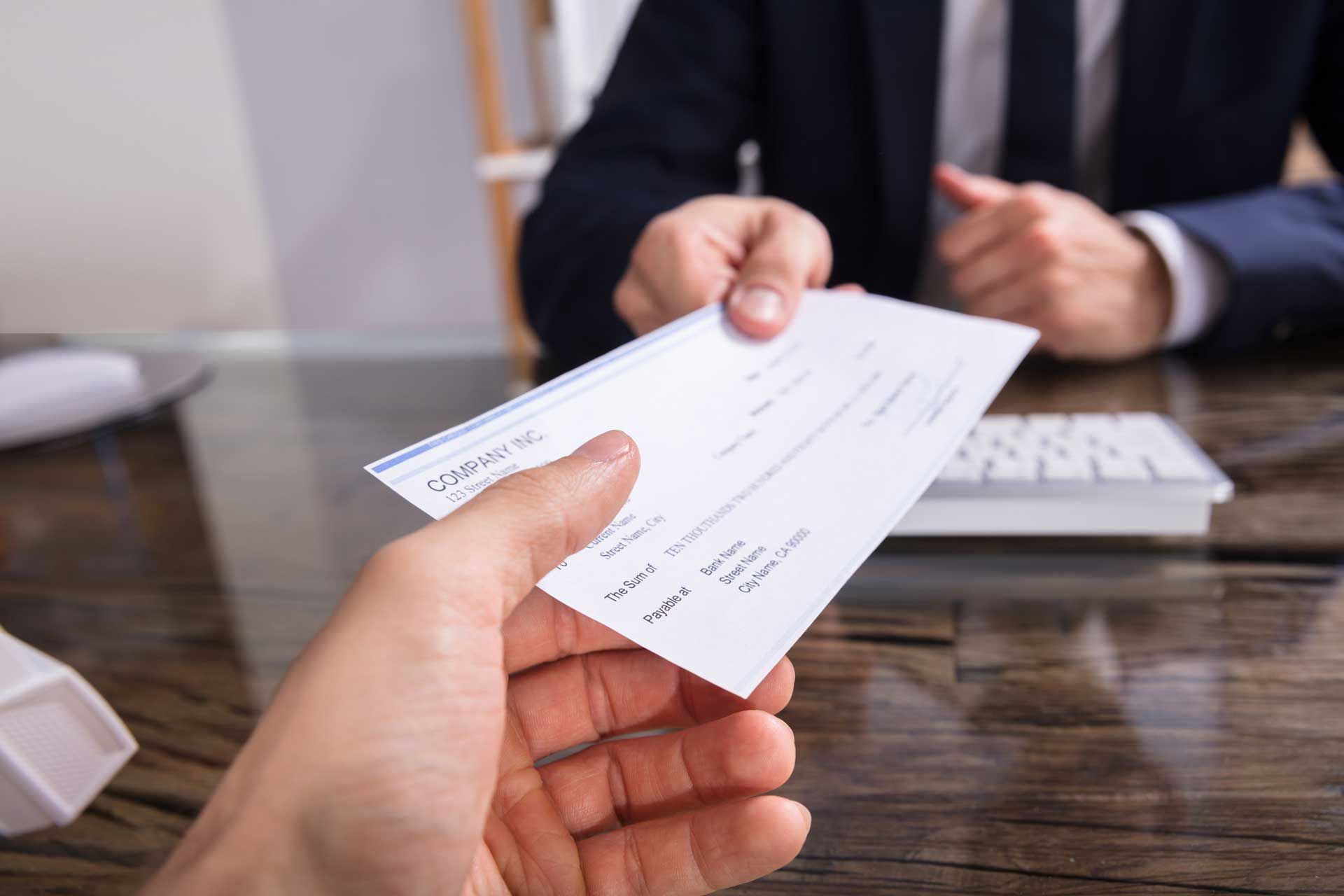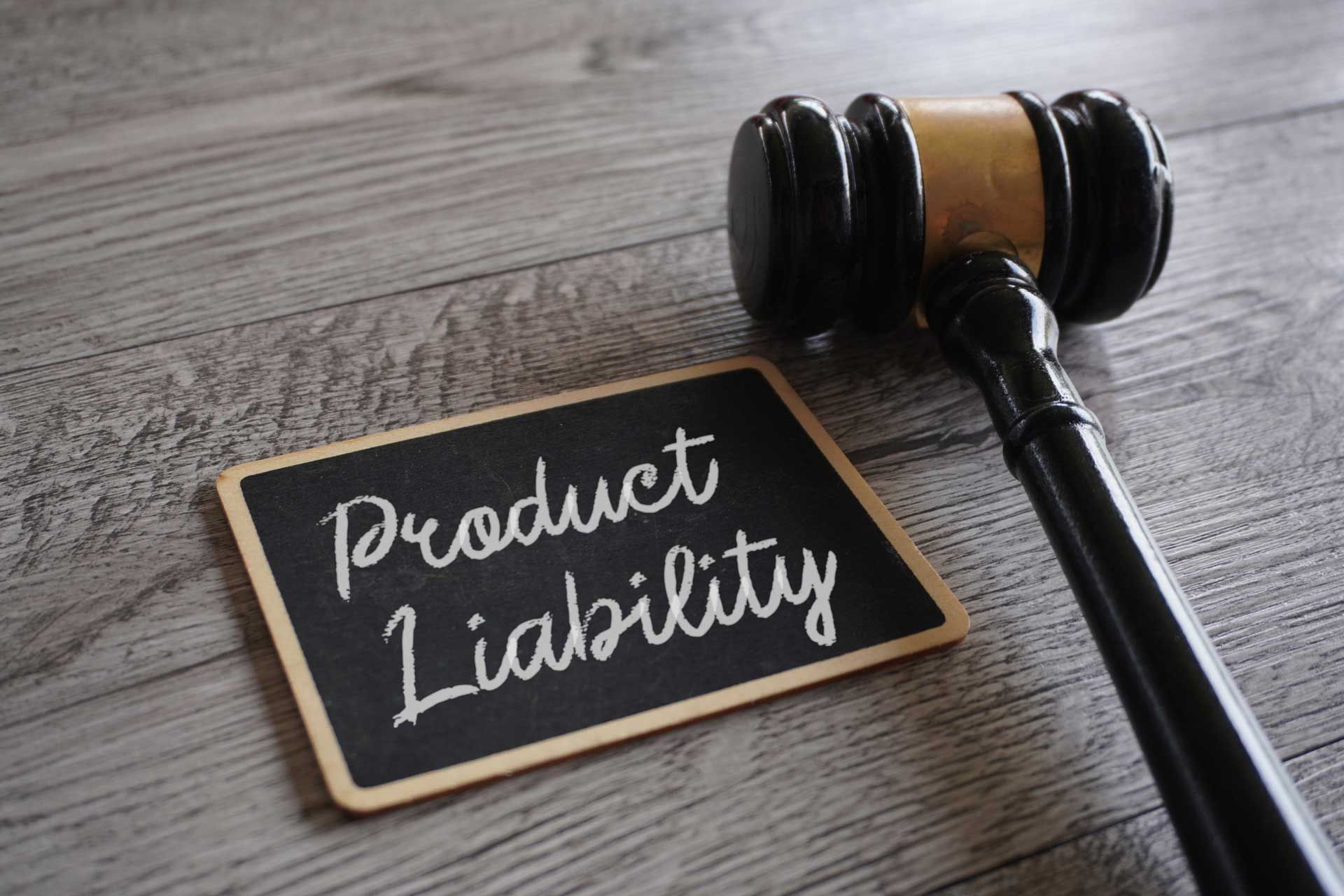Startups, Seed Rounds and SAFE Notes
Using SAFE Notes Effectively In Early Stage Funding
If you are a startup founder, after developing your business plan, your primary focus moves to raising capital to meet the demand for expenditure that follows. Once you go to your closest colleagues to contribute what they’re able, the next step is the “Seed Round” to raise the capital that enable the development of your prototype product or service. While immediate, direct equity is a desired and idyllic goal, SAFE notes are a powerful tool for raising the first dollars needed to set you on a path for future success.
What is a SAFE Note?
Startups frequently employ SAFE (simple agreement for future equity) notes to help them raise seed money. A SAFE note is essentially a legally enforceable commitment to allow an investor to purchase a defined number of shares at a predetermined price at a later date.
Convertible Notes vs. SAFE Notes
SAFE notes are a type of convertible security of multiple types, whereas convertible notes are strictly a type of debt that can be converted into equity if certain conditions are met. Convertible notes, as a result, usually have a set maturity and an interest rate. SAFE Notes offer greater flexibility in their terms. Though convertible notes are more complicated, both SAFE and convertible notes include both 1) tools for startups looking to expand or scale their operations, and 2) eventually conversion to equity.
What Are SAFE Notes and How Do They Work?
There is often very little historic, financial data when a company is just starting out, making it difficult to assign an accurate value to it. SAFE notes work by allowing you to defer the valuation of your firm until a later date. They are not based, then, on an actual valuation of the company. Here's a rundown of the essential processes involved in using a SAFE note for your startup:
- An investor contributes seed capital in exchange for future equity.
- The original investment is used to grow the company.
- Once you've made progress, you'll need to find other investors to enable a post-money valuation.
- With this information, you can calculate the company's new price per share.
- You can convert the SAFE note into the appropriate number of shares, as calculated pursuant to the terms of the note, in the company and distribute them to the SAFE investor once you know the price per share.
The Essentials of a SAFE Note
There are a few key terms in SAFE notes that affect how they finally convert to business equity:
- Discounts: SAFEs may offer discounts on future converted stock, often ranging from 10% to 30%. This means that the investor will be able to get a discount on future financing when purchasing shares. For example, if the company offers a 20% discount to SAFE note holders and achieves a valuation of $10 million, with shares available to new investors at $10, SAFE note holders will be able to purchase their shares at $8, saving 20%.
- Valuation Caps: A valuation cap is another technique for an investment to earn a greater price per share than future investors. In SAFE notes, valuation caps refer to the highest price, or cap, that can be utilized for determining the conversion price.
- Most Favored Provisions: If there are numerous SAFEs, this term requires the corporation to notify the first SAFE of the change, as well as the conditions of the succeeding note. If the first SAFE holder deems the terms of the second SAFE to be more favorable, they might request the same.
- Pro Rata Rights: Pro rata rights, also known as participation rights, allow investors to invest more funds in order to maintain their ownership percentage during future equity fundraising.
SAFE Note Formats
You can typically choose from at least four different scenarios when issuing a SAFE note:
- No discount, but there is a valuation cap.
- Discount, but no valuation cap.
- Discount plus value cap
- No discount, no valuation cap
There are other rights on options, warrant rights, rights of first refusal, etc., that may be incorporated. With the many potential variables involved, perhaps it’s easier to see why these are issued in non-valuation rounds.
SAFEs have a number of advantages, including the following:
- A: Generally Less Complicated than Other Options
One of the most appealing features of SAFE notes is that they are often less than five pages lengthy and easy to comprehend. This is owing to the fact that, unlike a convertible note, there are no maturity dates or interest payments, and thus they do not contain default provisions and representations and warranties that are necessary with a convertible note.
- B. Include Vital Requirements
SAFE notes are included in a company's capitalization table, thus there are no complicated tax implications.
- C. They tend to reduce the number of points available for negotiation.
Because SAFEs are so straightforward, there are fewer conditions to negotiate, making everything that needs to be discussed easy to understand. In truth, the discount rate and the valuation cap are the only items that need to be agreed.
- D. Give founders more power.
As a business owner, you'll have a lot more freedom and flexibility if you don't have any payback commitments or maturity dates hanging over your head.
- E. Provide Investor Benefits as well.
Investors have a lot of motivation to use SAFE notes because they can be converted into preferred stock at a discount. Investors may end up with benefits that are actually superior to their initial investment.
The Problems with Using SAFE Notes
SAFE notes have a number of advantages, but they also have certain drawbacks, such as the fact that they:
- A. Risk Factors
Because the outcome of a SAFE note is dependent on the company's development, investors cannot be certain that it will ever convert to equity.
- B. Investors Don’t Receive Regular Interest Payments
Convertible notes provide investors interest on a regular basis. Because SAFE notes aren't loans, investors don't get any interest or payments. As a result, investors may make less money over time.
- C. Dividends should not be paid out
When a firm performs well, it often pays out dividends to members/shareholders in the form of cash or new shares. SAFEs generally do not pay dividends to their investors. Investing in a SAFE, on the other hand, does reward an investor with equity.
SAFEs are a new tool with many unknowns
SAFEs weren't created until 2013, when a team at Y Combinator, a Silicon Valley incubator, decided that a financial mechanism to make seed investing a little easier was needed. This new financial tool is efficient and effective in the short run, but we still don't know what the long-term ramifications will be for business owners and/or investors. Furthermore, because SAFE notes are new, investors and lawyers may be less familiar with them and, as a result, less knowledgeable or willing to use them.
Pre-Issuance Valuation is Sometimes Necessary
SAFE note fair valuation, commonly known as a 409a, to determine the fair market value of your company stock.
Minimum Requirements
The lack of a minimum equity threshold for conversion in SAFEs can have a negative impact on future investments. Minimum criteria allow you to change the terms of the note, allowing smaller investors to compete.
Potential for Reducing Future Company Valuation
Because they fail to account for prospective dilution, founders may unwittingly find up holding fewer shares in their company in the future. As a result, investors will be less likely to put money into the business.
Summary
Finding finance as a startup is generally one of the most difficult tasks you'll encounter. You can make the best selection for you and your company by understanding your alternatives and learning about their benefits and drawbacks. While still relatively new, SAFE notes offer a wonderful opportunity for you to grow your business without the worry of looming interest obligations.
For a free assessment of the benefits and risks of a potential SAFE note offering for your firm, please schedule a consultation with us here.



